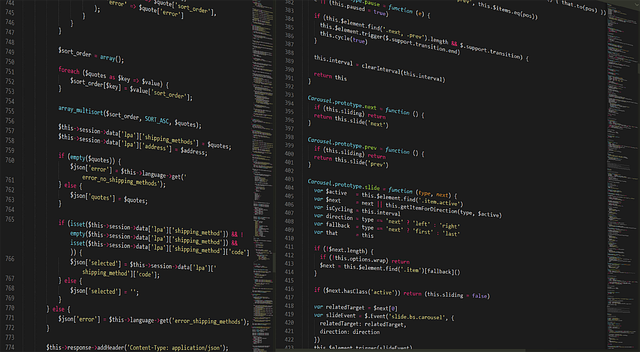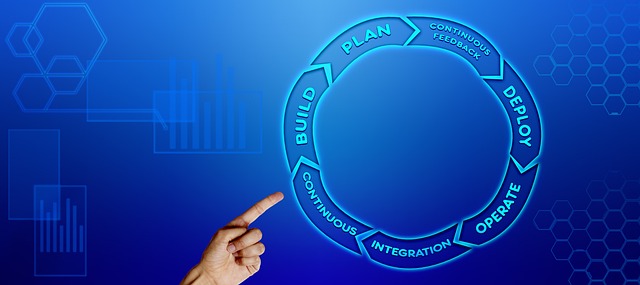Demystifying End-User License Agreements in Development: What You Need to Know
As developers, we pour our hearts and souls into creating software that not only solves problems but also enhances user experiences. But amidst the excitement of launching a new application or software, there’s a critical piece of documentation that often gets overlooked: the End-User License Agreement (EULA). Understanding this agreement is vital not just for legal reasons, but for fostering a positive relationship with your users.
What is an End-User License Agreement?
An end-user license is a contract between the software creator and the user of that software. It outlines the terms under which the software can be used, including rights, limitations, and obligations of both parties. While the legal jargon can be intimidating, a well-written EULA is an essential tool to protect your intellectual property and set clear expectations for users.
Why Should Developers Care About EULAs?
Many developers approach EULAs as a mere formality, a box to check off before launch. However, neglecting this critical aspect can lead to significant challenges. Here’s why you should give your EULA the attention it deserves:
- Legal Protection: A solid EULA protects you legally by clearly defining what users can and cannot do with your software. This is especially important in cases of unauthorized use or distribution.
- Clarity for Users: A well-structured EULA lays out clear guidelines for users, minimizing confusion and potential frustration. This transparency can lead to increased trust in your product.
- Relationship Building: By openly communicating the rights and responsibilities through an EULA, you’re not just protecting yourself; you’re also showing users that you value their rights. This can enhance user loyalty over time.
Key Components of an EULA
While the specific details of an excess EULA will vary depending on your software and intended use, there are several key components that every developer should consider including:
- Licensing Grant: Clearly define the scope of the license being granted to the user, including whether it is exclusive or non-exclusive.
- Restrictions: Outline what users are not allowed to do with the software, such as reverse engineering or unauthorized redistribution.
- Termination: Specify the conditions under which the license can be terminated, ensuring you have a way to reclaim control if needed.
- Liability Disclaimer: Protect yourself from claims related to issues that arise from your software not performing as expected.
- User Rights: Clarify the rights users retain, such as data ownership and privacy, which is increasingly important in today’s data-driven world.
Best Practices for Crafting Your EULA
Creating an end-user license agreement that resonates with your users doesn’t have to be daunting. Here are some best practices to keep in mind:
- Use Simple Language: Avoid complex legal jargon. The goal is for users to understand the agreement without feeling overwhelmed.
- Keep It Accessible: Make sure your EULA is easy to find and access, whether it’s during the installation process or on your website.
- Regular Updates: As laws and technologies evolve, so should your EULA. Regularly review and update your agreement to reflect any changes in your software or legal requirements.
- Solicit Feedback: Don’t hesitate to get input from your users or legal professionals. Their insights can help make your EULA more effective.
Final Thoughts
In the world of software development, end-user licenses are not just legal obligations; they are opportunities to communicate and engage with your users. By demystifying the EULA and approaching it with clarity and care, you create a foundation of trust and mutual respect, essential for a thriving software ecosystem.
Remember, a well-crafted EULA benefits not just you as a developer, but also enhances the user experience, ultimately leading to greater satisfaction and loyalty. Embrace this aspect of development; after all, your software deserves a solid foundation to stand on.




